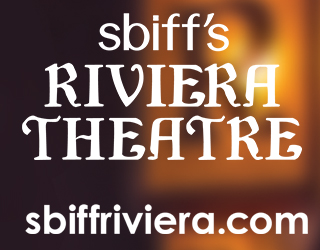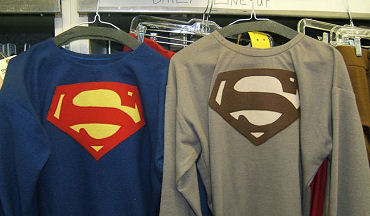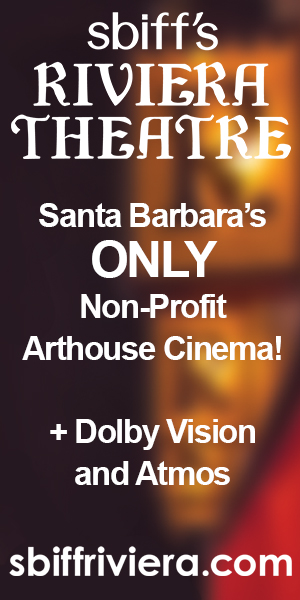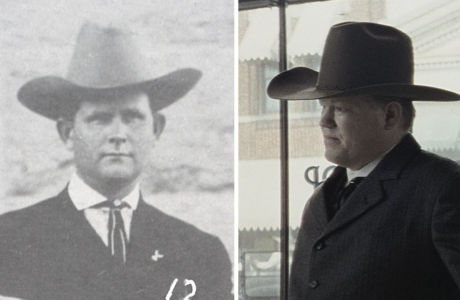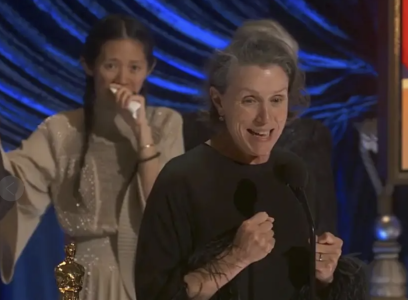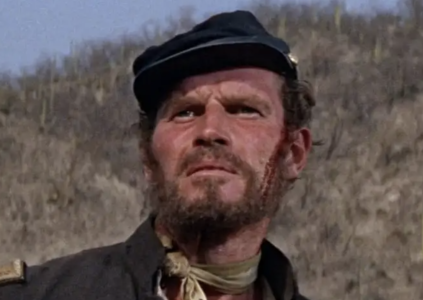Esquire‘s Chuck Klosterman totally gets the Snakes on a Plane sham of a mockery of a mockery of a sham.
The ironical appreciation of Snakes “is based on the premise that the bad movie aspired to be good,” he says. “If a film never takes itself seriously and originates as satire, everything is different; its badness means something else entirely.” Right.
“SOAP doesn’t fit into either category: It doesn’t take itself seriously, but it’s not a satire. It will probably be unentertaining in a completely conventional way. Which, apparently, is what people want.” Apparently.
“They want to see Snakes on a Plane in order to tell their friends that it’s ridiculous, even though (a) that’s the only thing everyone seems to know about this movie, and (b) that’s been the driving force behind its marketing campaign. It’s not a bad movie that’s accidentally good, and it’s not a good movie that’s intentionally bad; it’s a disposable movie that people can pretend to like ironically, even though (a) it’s not ironic and (b) they probably won’t like it at all.” And it doesn’t matter.
“The only purpose of Snakes on a Plane is to make its audience feel smarter than what it’s seeing. Which adds up, since that’s part of the reason people like reading the internet.” Yes…yes!



